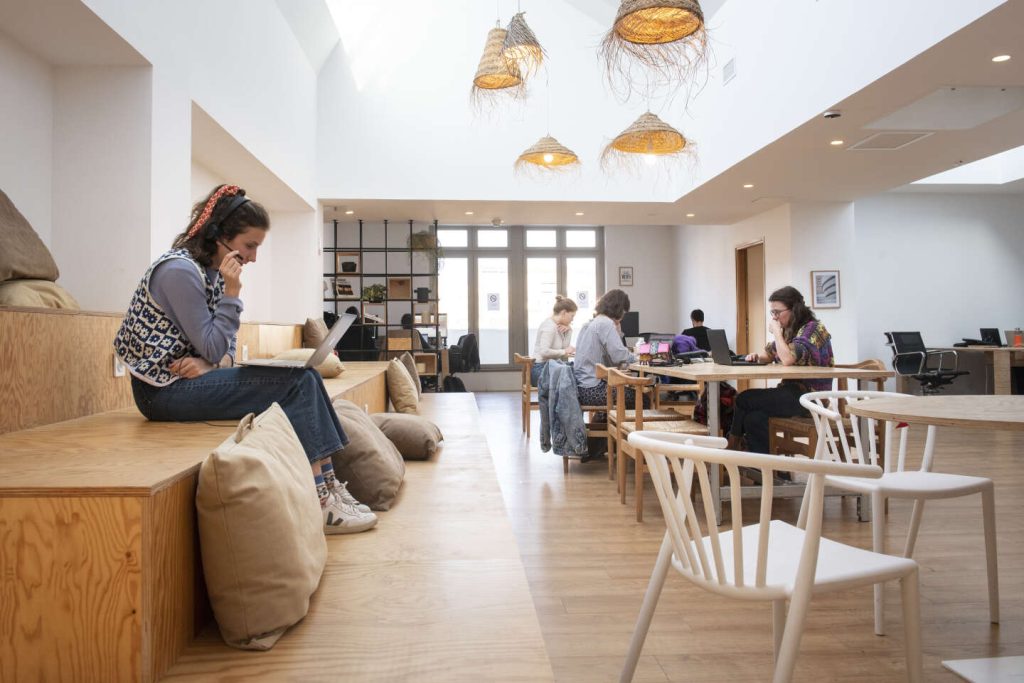Shared living spaces, remote working areas, and key services are attracting young professionals in metropolitan areas to a new type of residence. These modern-day “colivers” are embracing the benefits of these 2.0 co-living communities, as long as they can agree on chores like dish duty. Residents are drawn to the convenience and community aspect of these spaces, which offer a unique blend of social interaction and private living quarters.
Coliving spaces provide young professionals with a unique living experience that offers both the flexibility of shared spaces and the privacy of individual units. These spaces are designed to cater to the needs of young people who value collaboration, social interaction, and convenience in their living arrangements. Residents can work remotely from designated work areas, participate in community events, and enjoy shared amenities such as gyms, lounges, and rooftop terraces.
In addition to the practical benefits of coliving, residents also appreciate the opportunity to network and socialize with like-minded individuals. These shared living spaces foster a sense of community and camaraderie among residents, creating a supportive environment for young professionals to thrive. The ability to meet new people, share experiences, and build relationships is a key draw for many colivers who are looking for more than just a place to live.
One key factor in the success of coliving communities is the emphasis on shared responsibilities and communication among residents. By establishing clear guidelines for chores, noise levels, and community events, residents are able to live harmoniously and enjoy the benefits of living in a supportive community. Open communication and a spirit of cooperation are essential for creating a positive living environment where everyone’s needs are taken into account.
The rise of coliving spaces reflects a growing trend among young professionals who are seeking alternatives to traditional housing options. These unique living arrangements offer a blend of affordability, convenience, and community that appeal to a new generation of urban dwellers. By combining shared living spaces with remote work opportunities and key services, coliving communities are reshaping the way young people live and work in metropolitan areas.
Overall, coliving spaces offer young professionals a modern and flexible living option that balances the benefits of shared living with the convenience of private space. With a focus on community, collaboration, and communication, these spaces provide a supportive environment for residents to thrive and build connections with like-minded individuals. As the demand for innovative housing solutions continues to grow, coliving communities are poised to become a popular choice for young people looking for a unique and dynamic living experience in the city.


